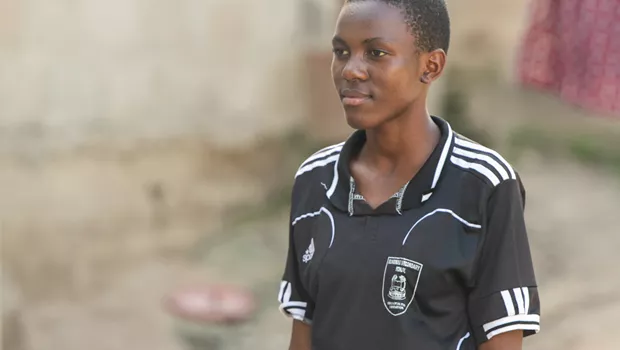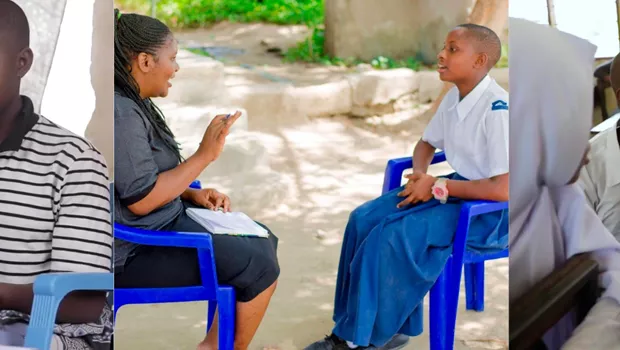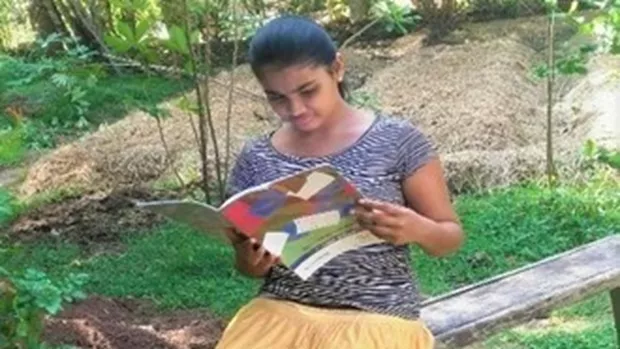Creating an equitable world by closing the gender gap in financial literacy: Room to Read’s adaptation of new methods in educating adolescent girls
April 08, 2021
What is “financial literacy”?
Financial literacy refers to a set of skills and knowledge that allows an individual to make informed and effective decisions with their financial resources. An individual’s financial decisions can have long-lasting effects — on their own lives, the lives of their family members, and, by extension, entire societies. Research shows that low levels of financial literacy have been linked with a lower standard of living, decreased psychological and physical well-being and greater dependence on government support.
Understanding basic money management skills — such as living within a budget and handling credit and debt — are core life skills for adults and children alike. Children around the world are growing up in an increasingly complex world in which they will eventually need to take charge of their financial futures. Having a solid understanding of financial literacy will support young people of all genders, especially young women, to become independent in making their own decisions.
A persistent gender gap in financial education
Around the world, gendered structural and societal barriers, norms and practices limit women and girls’ economic participation and independence. Over a lifetime, women and girls are challenged by unequal earnings, unpaid home labor, early marriage and employment interruptions due to child rearing and laws that prohibit them from inheriting wealth or owning property — all of which make them particularly vulnerable to poverty. This is exacerbated by unequal access to financial education, information and resources, positioning women and girls significantly behind men in terms of financial knowledge and economic security.
This persistent gender gap in financial literacy, with its far-reaching implications for girls’ future economic security, is often overlooked as countries turn to educational strategies for sustainable development and the elimination of gender and wealth disparities. Global investments in the United Nation’s Sustainable Development Goal 4, which aims to ensure inclusive and equitable quality education and promote lifelong learning opportunities for all, must prioritize financial education to ensure young people have access to knowledge and skills that empower them to actively participate in and contribute to their societies. This is especially true for girls, for whom greater financial literacy and education in adolescence can help overcome gender barriers to economic gains in adulthood.
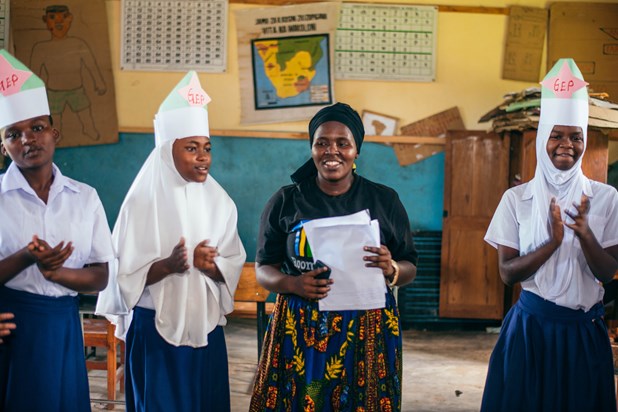
How Room to Read incorporates financial literacy into our program curriculum
At Room to Read, we know that financial education for girls is an important strategy for promoting gender equality and inclusive, sustainable development. We believe that financial education for girls is an essential pathway to achieving gender equality and creating an equitable world.
Recognizing the need for a greater emphasis on financial literacy within our Girls’ Education Program, Room to Read launched a Financial Literacy Initiation (FEI) in Sri Lanka and Tanzania in 2018 with generous support from longtime partner Credit Suisse. Through FEI, Room to Read Girls’ Education Program participants and their mentors have created after-school financial literacy clubs — one for younger girls, between the ages of 9 and 13, and one for older girls, between the ages of 14 and 17.
Younger participants learn to differentiate expenditure needs and wants — a critical component of budgeting — and are introduced to concepts and strategies around saving. Younger girls also learn to examine the ways they can access money and learn to identify safe and unsafe sources of income.
For older students, FEI clubs offer opportunities to develop entrepreneurial skills. Girls learn about start-up capital and funding, craft business plans, engage in market research, analyze customer behaviors and demographics, and enhance other core life skills like time management and communication.
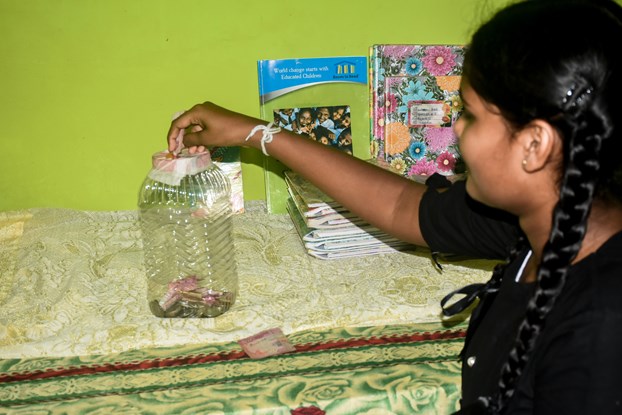
Girls end the academic year by presenting their learnings to family and peers, helping to bolster financial literacy across entire communities.
Since its creation, FEI has proven potent outcomes showing significant behavioral changes among girls — and their family members — on managing financial resources over the last three years. This progress was reported during our Year 1 and Year 2 Program Assessments and was also recognized by parents, school communities and other stakeholders, helping to showcase the role of Room to Read’s Girls’ Education Program in supporting young girls as they shape their futures.
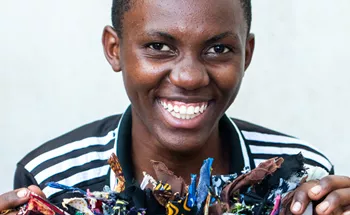 Meet Nuru from Tanzania
Meet Nuru from Tanzania
MEET NURU
Nuru has always been passionate about the environment. Seeing how waste was accumulating on her school campus, she formed an action and advocacy group called “Group for Cleaning the Environment.” The goal was simple: organize her classmates to clean their campus and local green spaces. As the group grew, Nuru took inspiration from Room to Read’s Financial Education Initiative and added a second goal: repurpose waste materials like plastic bottles and remnant fabric to create goods to sell.
Learn more about how financial literacy skills have helped Nuru create change in her community!
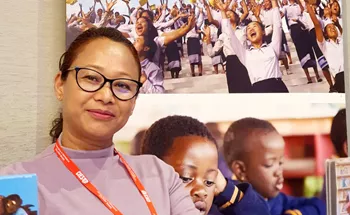 Meet more Room to Read leaders
Meet more Room to Read leaders
About the author
Reema Shrestha is an associate director of Room to Read’s Girls’ Education Program in the South Asia region, covering India, Nepal, Bangladesh and Sri Lanka. She has more than 15 years of experience in international and domestic program design, development and implementation. She holds a master’s degree in social work, with a specialization in urban community development, from Pune University, India, and a bachelor’s degree in sociology from Elphinstone College, Mumbai, India. She has strong technical expertise in the field of girls’ education and youth empowerment, gender mainstreaming, life skills education, mentoring, financial literacy and program management. She recently presented on Room to Read's methods for closing the gender gap in financial literacy at the 67th Annual Meeting of the Comparative and International Education Society (CIES) Conference in Washington D.C.
Working for girls and their empowerment has always been her passion.

